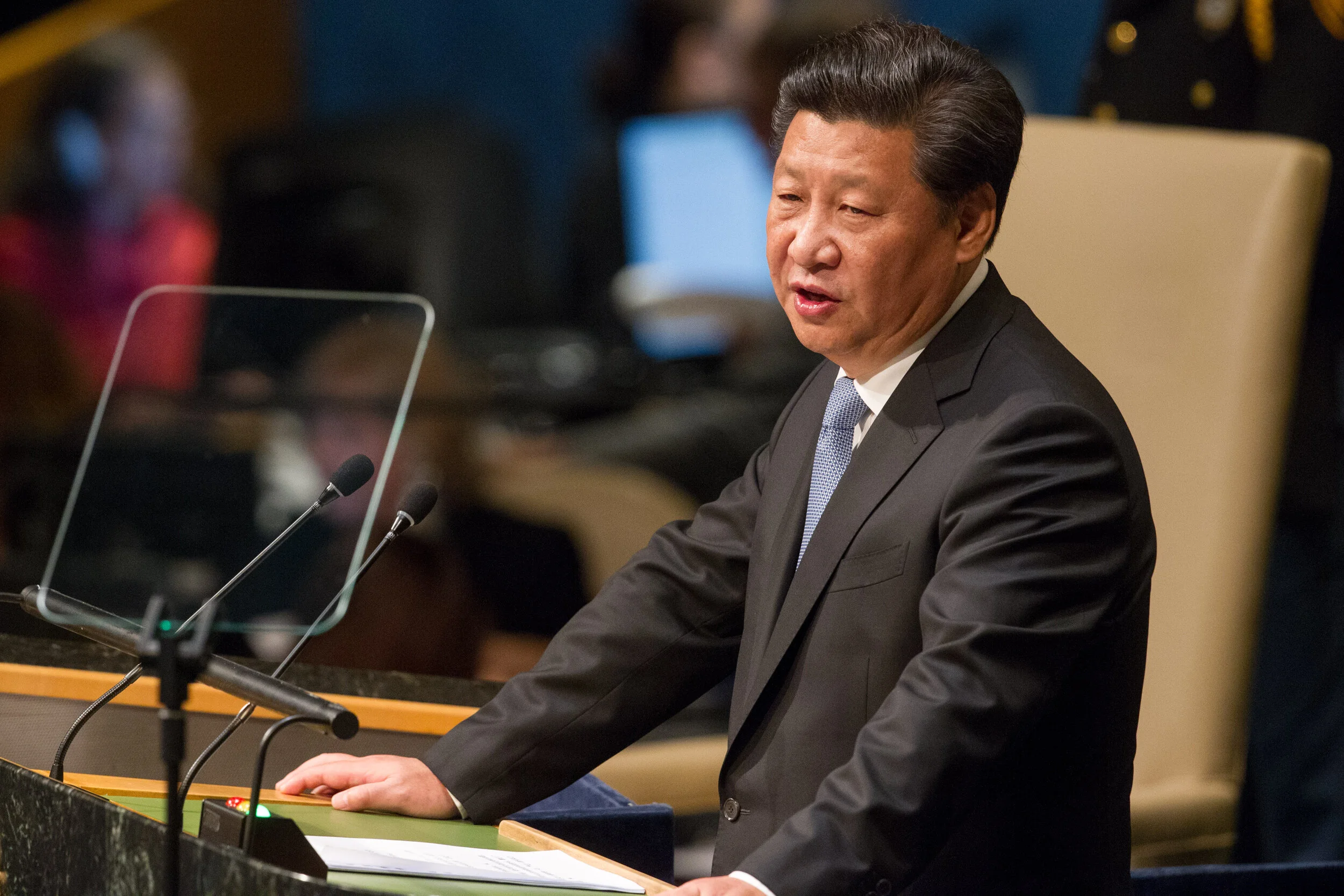China pledges to reach carbon neutrality by 2060
Surprise announcement may give fresh impetus to fight against climate change
President Xi Jinping of the People's Republic of China announced the bold new pledge in the latest United Nation's General Assembly (source: Flickr)
In the midst the Covid-19 pandemic, China unexpectedly used the latest United Nations General Assembly meeting to announce they will reach carbon neutrality by 2060. China had already pledged to reach peak carbon emissions around 2030 under the Paris Agreement, but have now said this will happen before 2030, in addition to this far bolder 2060 pledge. Reaching carbon neutrality by 2060 will be no easy feat for the world’s largest polluter, which currently accounts for 28 per cent of global emissions.
Xi Jinping told the assembly: “China will scale up its intended nationally determined contributions [under the Paris Agreement] by adopting more vigorous policies and measures”, as well as calling for a “green recovery” from the coronavirus pandemic.
The announcement has provided hope to environmentalists that global climate change can be limited to potentially tolerable levels. All countries are expected to strengthen their national pledges before the 26th edition of the UN Climate Change Conference of the Parties (COP26). So far, only smaller countries that account for just fractions of global greenhouse emissions have really done so.
It is important to note that no real policy direction accompanied the announcement. Furthermore, even if China is successful, these measures may still be insufficient to meet the target set out in the Paris Agreement to limit warming to well below 2 °C. Joseph Canadell, an Earth System Scientist at Australia’s Commonwealth Scientific and Industrial Research Organisation, says the new targets “won’t likely let us to stop at 1.5 °C [the preferred target under the Paris Agreement], but below 2 °C might still be consistent with [Xi’s] announcement.”
A possible pathway towards neutrality has been provided by a research group at Tsinghua University. Their $15 trillion, 30-year plan released after President Xi’s announcement calls for the use of coal in electricity generation to end by 2050, in addition to a dramatic increase in the contribution of renewable and nuclear energy.
Already this is no simple task. Coal currently accounts for 56 per cent of total energy production in China, with capacity growing by 3.8 per cent last year (40 GW h). The means for another 100 GW h is already under construction and many regions have plans to build new plants following the economic downturn associated with the pandemic. It is hoped that the huge stimulus package required to switch towards green technologies will create thousands of jobs and provide an economic boost without the need for new coal capacity.
The announcement also has further significance due to the role China plays in financing the global energy market. "China isn't just the world's biggest emitter but the biggest energy financier and biggest market, so its decisions play a major role in shaping how the rest of the world progresses with its transition away from the fossil fuels that cause climate change", says Richard Black, director of the Energy and Climate Intelligence Unit (ECIU), a UK-based think tank. The size of the Chinese economy and the huge economies of scale will produce a trickle-down effect across the whole global economy, driving down manufacturing costs and leading to lower renewable energy costs around the globe.
The EU has also announced that they would strengthen their commitments under the Paris Agreement, pledging a 55 percent emissions cut by 2030, as well as stating that countries that fail to move away from carbon intensive technologies to produce their products will face potential tariffs. These measures, introduced by the EU and China, further isolates the U.S., who are set to withdraw from the Paris accord this November. This will make it even more difficult for the U.S. to hold out regarding their ambivalence to green measures; no country can exist within a vacuum when it comes to climate change and changes in the global energy market.
President Trump’s scepticism towards climate change is well known and it seems unlikely this attitude would change were he to win a 2nd term. In comparison, presidential candidate Joe Biden already has in place a $2 trillion package as part of his green stimulus plan. In a month’s time, we could be in a scenario where the three biggest economies in the world all have huge green stimulus packages planned, which environmentalists hope could lead to a cascade effect across other countries as renewables become cheaper. Big energy states, such as Australia, Saudi Arabia, and Russia will have to diversify their economies away from fossil fuels should their key energy markets be undermined in this manner.
The year 2020 was supposedly the last year for key legislation to be introduced in order to avoid the worst effects of climate change. With the Covid-19 pandemic and the postponed COP 26 summit, the hopes of environmentalists had diminished while the effects of climate change continued unabated. September has already been classed as the hottest on record (beating last year) and Australia and California experienced their worst ever fire seasons. Speaking to the BBC, Professor Ed Hawkins, a climate scientist in the Department of Meteorology at Reading University, said “one degree of heating is dangerous for some people, as we've seen, two degrees is more dangerous still, and three degrees even more dangerous. We really don’t want to find out what that’ll be like.”
Whether this new pledge from China will lead to a global change in attitudes towards climate change is still yet to be seen, but it has provided a much needed boost to those who want to avoid a world that is three degrees warmer.

